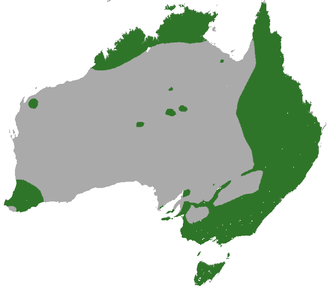Hello Reader,
Normali in the animal kingdom you will see a male doing the call for females and protecting a territory, men while the female take care of the offspring. But note this one. They switches places in the chores. I am talking about the Painted Button-Quails (Turnix varius).
The Painted Button-Quails is endemic of Australia.
The female is the one who will keep a territory and have more than one partner. She calls for the males, lay their eggs (between 3-5), and leave the part of caring for the yongs with the male. The female is bigger than the male, and during the courtship she even offer food to the male.
The male will incubate the eggs during 15 day, and will care for them after hatching more 16 days, when they will be group enough to take care from themselves.
It is a bird that aviators created, but is not recommended if you are a total inicant. They can be see like a control pest population of insects.
Kingdom> Animalia
Phylum> Chordata
Class> Aves
Order> Charadriiformes
Family> Turnicidae
Genus> Turnix
Species> T. varius
~Catch you later
References:
http://www.graemechapman.com.au/library/viewphotos.php?c=736
http://datazone.birdlife.org/species/factsheet/62288672
http://birdcare.com.au/painted_button_quail.htm
http://www.birdsindanger.net/pdfs/Painted%20Button-quail%20(Houtman%20Abrolhos).pdf
http://www.environment.gov.au/cgi-bin/sprat/public/publicspecies.pl?taxon_id=82451
https://en.wikipedia.org/wiki/Painted_buttonquail
http://animaldiversity.org/accounts/Turnix_varius/










